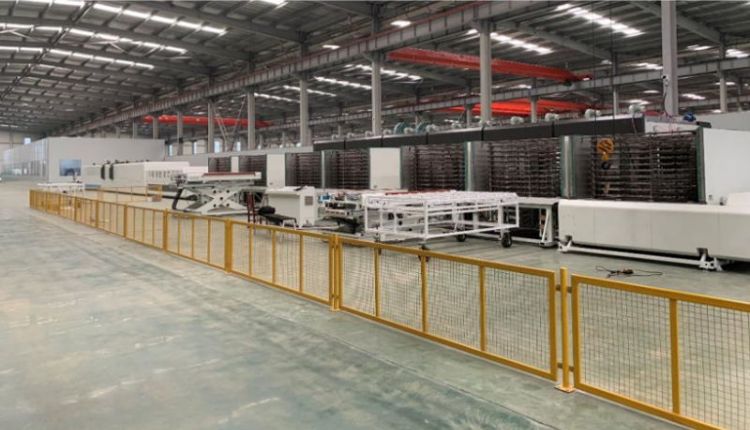Vacuum insulating glass (VIG) has shifted from cutting-edge curiosity to a mainstream solution for high-performance envelopes. For architects, energy consultants, and façade engineers, the value proposition is clear: triple-glazing-level insulation in a profile close to standard double glazing. That means lower U-values, warmer interior surfaces, better comfort, and the freedom to retain slim frames and generous daylight.
How VIG reduces heat transfer
Conventional double glazing blocks heat through still gas layers, but conduction and convection still exist. VIG replaces that gas with a hard vacuum—removing the medium for conduction and convection almost entirely. Micro-spacers maintain pane separation, while a discreet edge seal maintains vacuum integrity. Radiative transfer, the remaining pathway, is minimized by durable low-e coatings. If you want a concise technical explainer you can share with colleagues, this primer on the VIG heat transfer mechanism clarifies how conduction, convection, and radiation behave in a vacuum cavity and why low-e stacks are essential: VIG heat transfer mechanism
Thermal comfort and condensation control
Numbers translate into real human comfort. Higher interior glass temperatures reduce radiant asymmetry, so occupants seated near windows feel fewer “cold wall” effects in winter. Warmer interior panes also elevate dew point margins, reducing condensation that can damage finishes and harbor mold. In humid climates or high-moisture occupancies (pools, kitchens, labs), the condensation resistance advantage of VIG can be decisive.
Acoustic serenity without bulk
City cores and transit-adjacent sites demand acoustic performance. VIG’s vacuum cavity helps disrupt sound transmission; when paired with laminated lites or asymmetric build-ups, it reaches impressive Rw/STC ratings—without resorting to overly thick units that compromise frames or aesthetics.
Design freedom: slim frames, bigger views
Because VIG achieves low U-values without adding depth, designers can keep narrow mullions, preserve historic sightlines, and support larger panes with less weight. That pays dividends in daylight autonomy, envelope aesthetics, and structural optimization.
Where VIG shines
- Passive house and net-zero residential projects that need envelope performance within tight wall thickness.
- Commercial retrofits seeking energy and ESG gains without major façade reconstruction.
- Heritage buildings where original profiles must be preserved but comfort and efficiency matter.
- Hospitality, airports, and multifamily projects where noise control improves wellbeing and revenue.
From exploration to specification
A practical way to start is by reviewing detailed case studies across climates and building types. This curated gallery of VIG projects includes typologies, design challenges, and measured outcomes you can reference in early design meetings: VIG projects case studies
What to ask a manufacturer
- Center-of-glass and whole-window U-values; SHGC and VT for the final assembly.
- Edge seal technology, vacuum longevity testing, and getter capacity.
- Compatibility with target frame systems and sightline constraints.
- Acoustic ratings (Rw/STC/OINC) and available laminated configurations.
- Warranty terms, QA/QC processes, and field support.
If your team is new to the category, share a concise, non-jargon overview that covers components, performance ranges, and selection tips. This vacuum glazing basics guide is a solid foundation for specifiers, owners, and installers alike: Vacuum glazing basics
Common myths—debunked
- “It’s fragile.” Premium VIG uses proven edge seals, tempered or heat-strengthened panes, and rigorous QA. Structural performance data supports standard wind loads when specified properly.
- “It only works in cold climates.” VIG paired with spectrally selective low-e cuts both heating and cooling loads; it’s effective from Nordic winters to tropical summers.
- “It won’t fit my frames.” Many retrofits succeed with minimal frame work thanks to VIG’s thin build-up.
Bottom line
VIG is a compact, elegant route to higher-performing envelopes. It enhances comfort, reduces energy, and protects design intent—often with simpler logistics than thicker IGUs. With credible data, careful detailing, and good installation practice, it’s a capable solution for today’s buildings and tomorrow’s codes.


